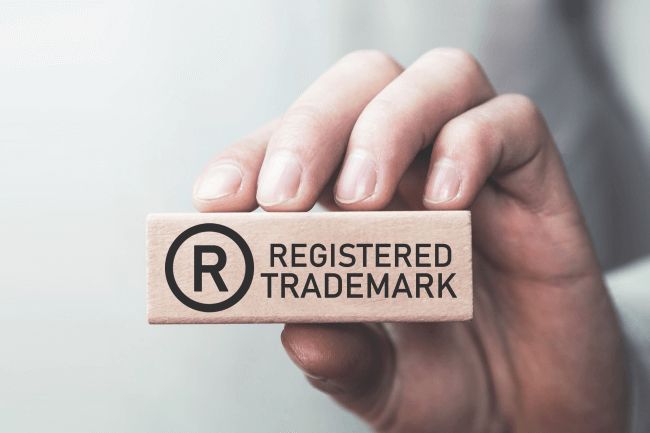Trademark Registration Process in India: Your Ultimate Guide

In today’s competitive market, protecting your brand identity is crucial. One way to secure your brand is by registering a trademark. This comprehensive guide will walk you through the trademark registration process in India ensuring that you understand the importance, steps, and intricacies involved.
Why Trademark Registration Matters
Trademark registration provides legal protection to your brand’s identity, including names, logos, and slogans. It helps distinguish your products or services from competitors and prevents unauthorized usage.
Benefits of Trademark Registration
- Legal Protection: Ensures exclusive rights to use the trademark.
- Brand Recognition: Enhances trust and recognition among customers.
- Business Asset: Adds value to your business by creating an intangible asset.
Steps Involved in the Trademark Registration Process in India
1. Trademark Registration Search
Before applying for a trademark, it is essential to conduct a thorough trademark registration search. This ensures that your desired trademark is unique and does not infringe upon existing trademarks.
How to Conduct a Trademark Registration Search
- Visit the official IP India website.
- Navigate to the “Public Search” section.
- Enter the relevant details such as class, keyword, and description.
- Review the results to confirm the availability of your trademark.
2. Filing the Trademark Application
Once you have ensured the uniqueness of your trademark, the next step is to file the application.
Details Required for Filing
- Applicant’s name and address.
- Description of the goods/services.
- Trademark logo or representation.
- Class of the trademark as per the NICE classification.
The application can be filed online through the IP India portal or physically at the Trademark Registry Office.
3. Examination of the Trademark
After filing, the trademark application is examined by the Registrar. The examination checks for compliance with legal requirements and ensures there are no conflicts with existing trademarks.
- Acceptance: If approved, the trademark moves to the next stage.
- Objection: If objected, the applicant needs to respond within the stipulated time.
4. Publication in the Trademark Journal
Once accepted, the trademark is published in the Trademark Journal. This allows the public to raise objections, if any, within four months.
5. Registration Certificate Issuance
If no objections are raised, or if objections are resolved, the trademark is registered. The Registrar issues a Trademark Registration Certificate, granting the applicant exclusive rights over the trademark.
Key Considerations for Trademark Registration
- Always conduct a trademark registration search to avoid legal conflicts.
- Choose the appropriate class for your goods/services.
- Respond promptly to objections or queries from the Registrar.
Conclusion
The trademark registration process in India may seem complex, but it is an essential step to protect your brand’s identity. By following the outlined steps and conducting a proper trademark registration search, you can ensure a smooth registration process. Safeguard your brand today and enjoy the long-term benefits of exclusive rights to your trademark.
